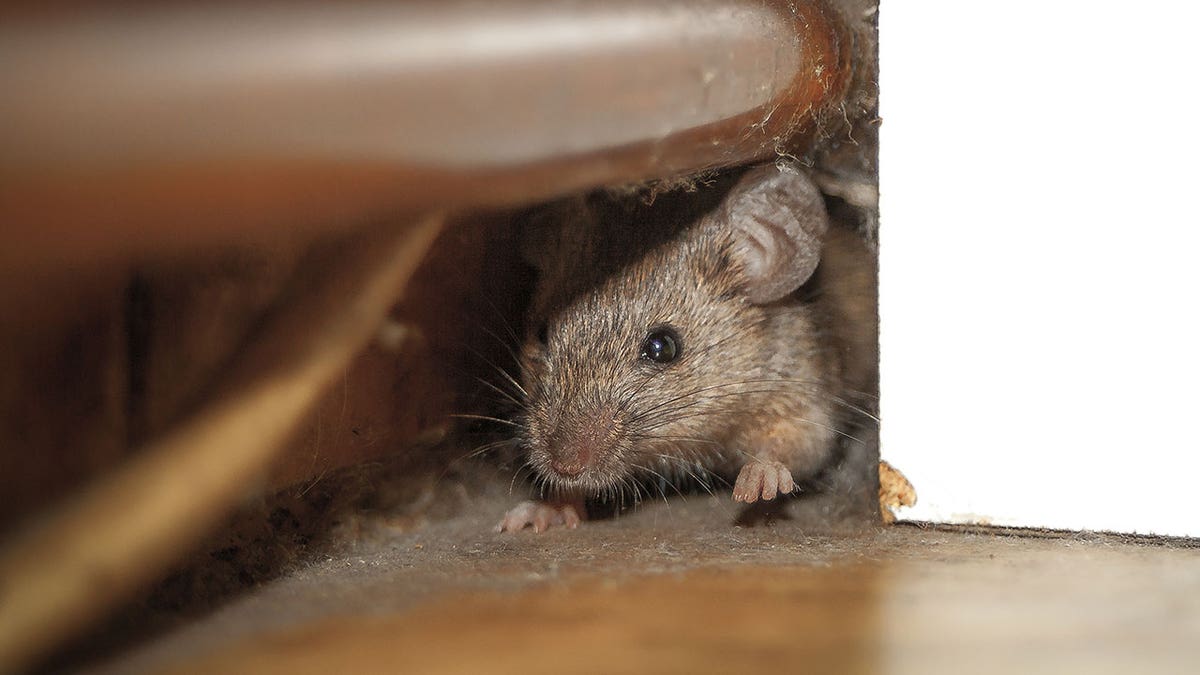
Before renting or buying a place, be mindful of these four tips for learning about any furry, unwanted roommates. (iStock)
My dream apartment in Baltimore had the French doors, crown molding, hardwood floors and nearly floor-to-ceiling windows of a good prewar building. But that meant it also had the drawbacks of a prewar building: bad plumbing, an elevator with a rattling chain, and critters galore.
Before I moved in, the previous tenant mentioned she’d had a single mouse each year she lived there. I loved the place, so I told myself those were isolated incidents. This was woefully naive. Also, wasn’t that what the superintendent was for? Again, naive — I ended up with two very bold field mice who tormented me for the better part of a winter. They gnawed through a kitchen cabinet at 4 a.m., and scaled a hanging jumpsuit in broad daylight.
Of course, it turns out I could have saved myself from this fiasco. Deborah Nagin, director of the NYC Department of Health’s Healthy Homes program, says this is the checklist all renters should follow before signing a lease if they want to avoid moving in with mice.
1. Inspect the corners for droppings
Seems obvious, and yet, have you ever done it? “Rodents feel safe in corners and will either defecate or urinate in places they feel safe,” Nagin says. “These are telltale signs that mice aren’t quite an 'isolated incident.'”
More From Architectural Digest
2. Identity flag holes, gaps, and cracks as small as ¼ inch
The cartoons lied: Mouse holes won’t look like perfect little archways in the middle of the room. Instead, look for gaps in the molding or jagged crevices under the sink. Check the bathroom, especially around the pipes. Check the kitchen cabinets. And that loose baseboard? It’s a dog-door for mice. If you hear it flapping, you’ll know you’ve got a roommate you didn’t ask for. Make sure maintenance spackles over cracks, fills holes, and nails down any of those loose baseboards before vermin (literally) start coming out of the woodwork. Steel wool, a popular DIY fix, could go either way — in my case, Mighty Mouse and his sidekick got through it.
3. Look for nests behind large appliances
Nagin says common homes for rodent nests are beneath stoves and refrigerators. “Stoves and refrigerators both produce heat and moisture, and food debris can gather in both areas. Mice will use stove insulation for nesting materials as well,” she says. When I finally asked a friend to move the stove, we uncovered a nest that maintenance should have caught years before. So shine a flashlight behind these appliances — and if you can’t get a clear view of the space, ask maintenance to specifically inspect these areas.

Check underneath stoves and refrigerators, where the heat and moisture from the appliances — and crumbs — make a perfect nesting spot for rodents. (iStock)
4. To be on the safe side, chat up the neighbors
“Mice are typically a building-wide issue, so coordinate with your property manager and neighbors for the best results,” Nagin says. Reach out to would-be new neighbors or even former residents to find out if the building has had issues in the past. Depending on where you live, your local Department of Health may also provide resources for checking your building’s history.
In my case, the problem got worse before it got better. As a longtime vegetarian, I got way, way too wrapped up in the ethics of mouse-killing, including a failed attempt at a makeshift humane trap involving a water bottle, peanut butter and a small turquoise trash can. (Don’t ask, didn’t work. Not that you’re surprised.) I repeatedly called maintenance, who assured me they had sprayed, but to no avail (either that or they were flat-out lying). Beyond that, there wasn’t much else I could do, so I bought and set some glue traps, stayed with friends the nights I put them out, and hoped for the best. Luckily, my lease was almost up, so I was able to move out before too long, but now, when I’m scoping out a new space, you can be dang sure I check every corner — twice.